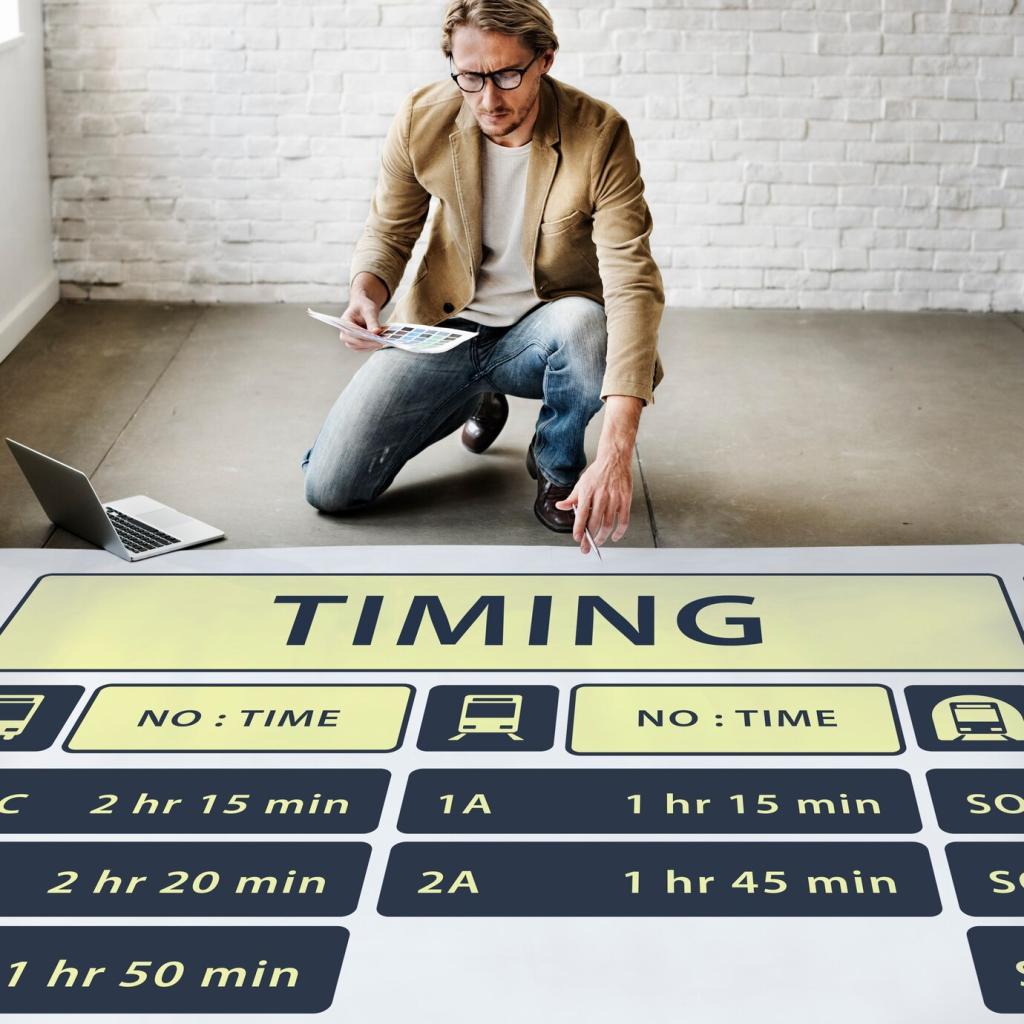Welcome to our deep dive into The Role of Screen Time in Child Development. Today we explore how screens shape learning, behavior, sleep, and family rhythms, with practical tips and heartfelt stories. Join the conversation, share your experiences, and subscribe for ongoing, research-informed guidance.
Understanding What Screen Time Really Means
Active screen time involves creating or problem-solving, like coding a simple game or filming a short story. Passive use looks like background videos that wash over a child without engagement. Interactive co-use blends conversation, questions, and play, anchoring learning in relationships.

Age-Specific Guidance You Can Actually Use
For the youngest children, avoid regular media use and lean on video chatting to connect with faraway loved ones. If any media is used, choose gentle pacing, simple visuals, and always co-view. Name objects, mirror expressions, and keep sessions short to protect sleep.




Building a Family Media Plan That Actually Works
Choose a few sacred spaces and times: the dinner table, bedrooms, and the first thirty minutes after school. Clear boundaries simplify decisions, spark conversation, and protect rest. Post the plan on the fridge and revisit it when schedules or needs change.

Turning Screens into Learning Tools
Look for slow pace, clear narratives, minimal ads, and prompts that invite discussion or problem-solving. Independent review sites can help you evaluate apps and shows. If a program makes your child curious, talk about it, then bring that curiosity into everyday life.


Turning Screens into Learning Tools
Bridge learning off-screen. After a gardening video, plant herb seeds on a windowsill. After a music tutorial, make a simple rhythm instrument from recyclables. These follow-ups anchor new ideas in hands, hearts, and routines your child will remember.
Handling Common Frictions without Power Struggles
Transition Meltdowns
Predictable endings help. Offer choices within limits: two more minutes or one last puzzle? Pair the shutdown with a satisfying next step, like a snack or outdoor break. Keep calm, empathize, and follow through so boundaries feel steady, not surprising.
Ads, Loot Boxes, and In-App Traps
Talk openly about persuasive design. Disable in-app purchases, use kid profiles, and prefer paid, ad-free options when possible. Co-play new games first, and ask your child to spot tricks that push spending. You are building media literacy, not just blocking content.
Online Safety for Older Kids
Discuss privacy settings, digital footprints, and respectful communication. Agree on friend lists, public posts, and what to do if something feels off. Schedule regular check-ins, not surprise raids, so trust stays strong and teens actually bring you problems early.

Stories from Families: Small Tweaks, Big Wins
Maya, age eight, moved her tablet to the kitchen charger and swapped evening videos for library audiobooks. Within a week, she fell asleep faster and woke up cheerful. Her parents celebrated with a Saturday pancake ritual and invited friends to try the same shift.
